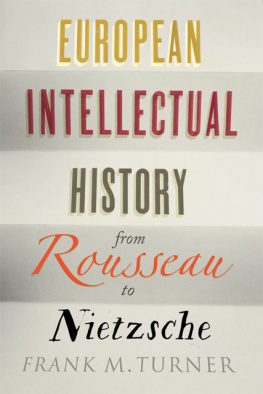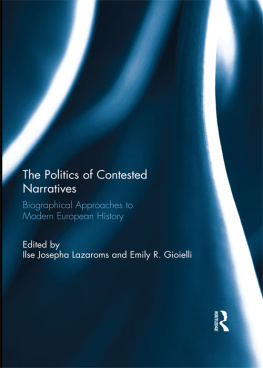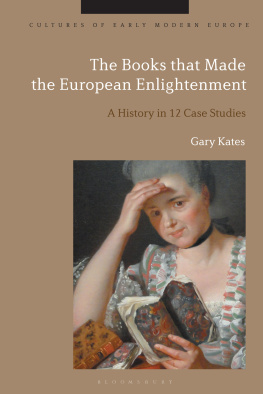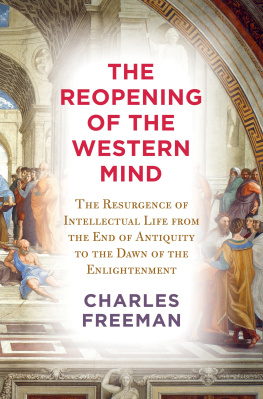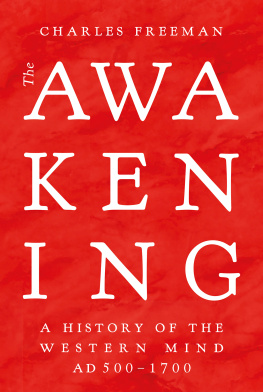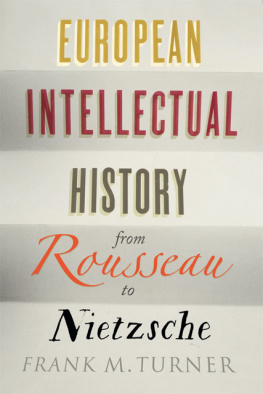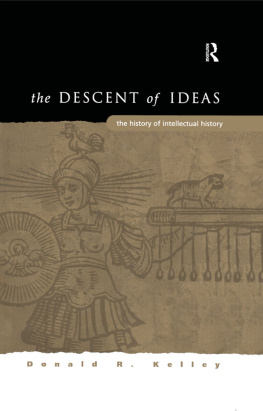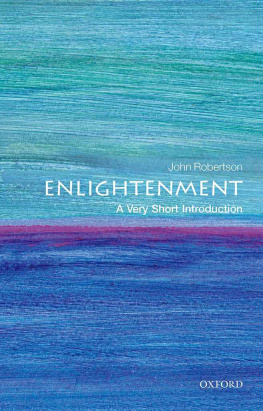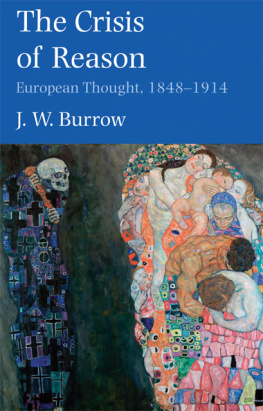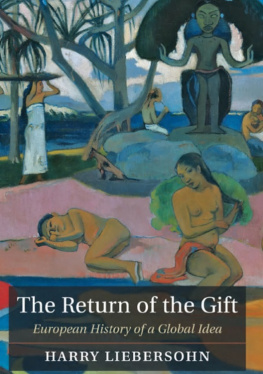

Published with assistance from the Kingsley Trust Association Publication Fund established by the Scroll and Key Society of Yale College.
Published with assistance from the Annie Burr Lewis Fund.
Copyright 2014 Frank M. Turner Charitable Remainder Trust
All rights reserved. This book may not be reproduced in whole or in part, in any form (beyond that copying permitted by Sections 107 and 108 of the U.S. Copyright Law and except by reviewers for the public press) without written permission from the publishers.
For information about this and other Yale University Press publications, please contact:
U.S. Office:
Europe Office:
Typeset in Minion Pro by IDSUK (DataConnection) Ltd
Printed in Great Britain by TJ International Ltd, Padstow, Cornwall
Library of Congress Cataloging-in-Publication Data
Turner, Frank M. (Frank Miller), 1944-2010.
Western intellectual history from Rousseau to Nietzsche / Frank M. Turner; edited by Richard A. Lofthouse.
pages cm
Includes bibliographical references and index.
ISBN 978-0-300-20729-3 (alk. paper)
1. Civilization, WesternHistory18th century. 2. Civilization, WesternHistory19th century. 3. EuropeIntellectual life18th century. 4. EuropeIntellectual life19th century. 5. Philosophy, Modern18th century. 6. Philosophy, Modern19th century. I. Title.
CB245.T88 2015
909.09821dc23
2014021369
A catalogue record for this book is available from the British Library.
10 9 8 7 6 5 4 3 2 1
CONTENTS
In memory of Frank M. Turner, 19442010
There is grandeur in this view of life, with its several powers, having been originally breathed into a few forms or into one; and that, whilst this planet has gone cycling on according to the fixed law of gravity, from so simple a beginning endless forms most beautiful and most wonderful have been, and are being, evolved.
Charles Darwin, The Origin of Species
Could I not be preparing myself now to be more useful? said Dorothea to him, one morning early in the time of courtship; could I not learn to read Latin and Greek aloud to you, as Miltons daughters did to their father, without understanding what they read?
I fear that would be wearisome to you, said Mr. Casaubon, smiling, and, indeed, if I remember rightly, the young women you have mentioned regarded that exercise in unknown tongues as a ground for rebellion against the poet.
Yes; but in the first place they were very naughty girls, else they would have been proud to minister to such a father; and in the second place they might have studied privately and taught themselves to understand what they read, and then it would have been interesting. I hope you dont expect me to be naughty and stupid.
George Eliot, Middlemarch
Thus the question is not how to reconstruct aristocratic society, but how to make liberty proceed out of that democratic state of society in which God has placed us.
Alexis de Tocqueville, Democracy in America
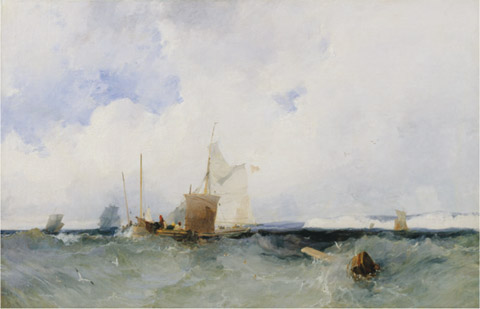
1 Despite his life being cut short by tuberculosis, Richard Parkes Bonington (180228) was a central figure in English Romantic landscape painting. A Sea Piece (1824) depicts commercial shipping in the English Channel, probably observed from Dunkirk. The smaller craft to the right is in distress and the brisk swell, low horizon and huge sky are typical of Bonington and also typically Romantic. Frank Turner was well acquainted with this painting not only as part of the Wallace Collection in London, but also as a preparatory watercolour sketch that resides at the Yale Center for British Art. The sketch is inscribed ad naturam (from nature) and was a conscious departure from academic values.
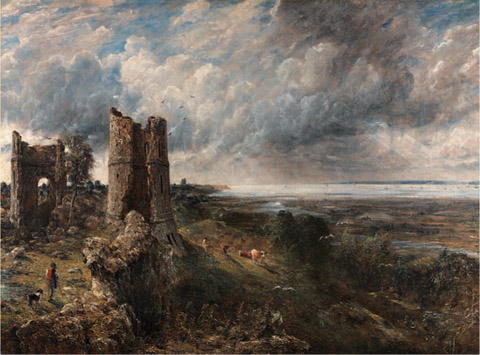
2 John Constable (17761837) was a major figure in English Romantic painting. Embodying the artists belief that painting is but another word for feeling, Hadleigh Castle (1829) depicts a ruined castle at the mouth of the Thames Estuary east of London. At once forlorn and picturesque, the medieval ruin marks the changed sensibility of the age towards the Middle Ages discussed in Chapter 5, and may have helped Constables election to the Royal Academy the following year. Art historian Angus Trumble notes, While dwelling on the decay of the medieval building in its pastoral setting and causing the Thames Estuary to shine under grand shafts of light, Constable perhaps also alludes to the ancient Christian metaphor of death: all his boats point downstream, and, receding, sail out to sea.
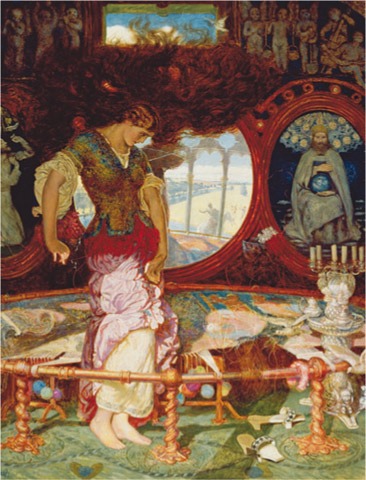
3 William Holman Hunt (18271910) was an English painter and one of the founders of the Pre-Raphaelite Brotherhood. The intention of the group was to reject a mechanistic approach to art, emphasising spiritualism over materialism and nature over artifice. They found inspiration for both in medievalism. Inspired by Alfred Lord Tennysons 1832 poem, The Lady of Shalott, Hunts depiction captures the moment after she has broken the rule of the curse forbidding her to look directly at the outside world. Her unravelling tapestry is symbolic of a world that is collapsing and will lead to her death. It can also be read as echoing the Fall from the Garden of Eden. Equally, the picture, as the poem, narrates an everyday world from which women are banished, and which they enter at their peril.
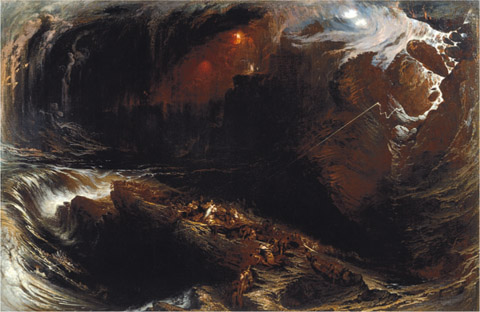
4 John Martin (17891854) was an English Romantic painter. He invoked Old Testament narratives to conjure the sublime, as depicted here in The Deluge (1834), his rendering of Noahs flood, simultaneously an image of vast punishment and divine protection. It shares with other Romantic work of the period a dramatised nature and naturalised apocalypse consistent with Martins defence of deism and natural religion, early evolutionary thinking, and rationality. Preoccupied with technology, Martin cannot be easily categorised merely as a Romantic. He was a major figure of his generation and spanned the Enlightenment as well.
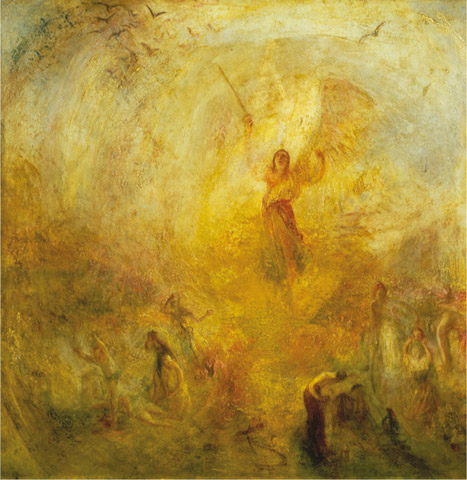
5 J.M.W. Turner (17751851) took Romanticism to an almost abstract expression long before abstraction was categorised. In The Angel Standing in the Sun (1846) he depicts the Archangel Michael appearing on the Day of Judgment with flaming sword. It evokes religiosity in a dazzle of atmospheric light but without exactly being religious: a personal expression consistent with a period in which religion and art alike were becoming creatures of subjective interpretation.
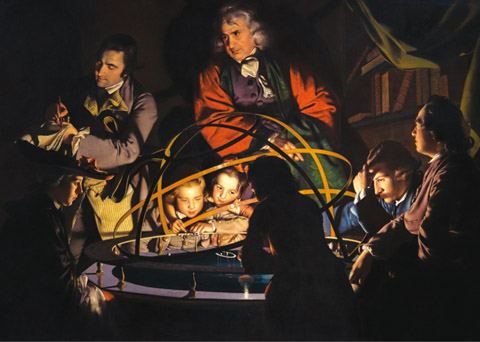
6 Joseph Wright (173497) replaces a religious narrative (such as the Nativity) with a mechanical one an orrery in the meticulous painting
Next page
